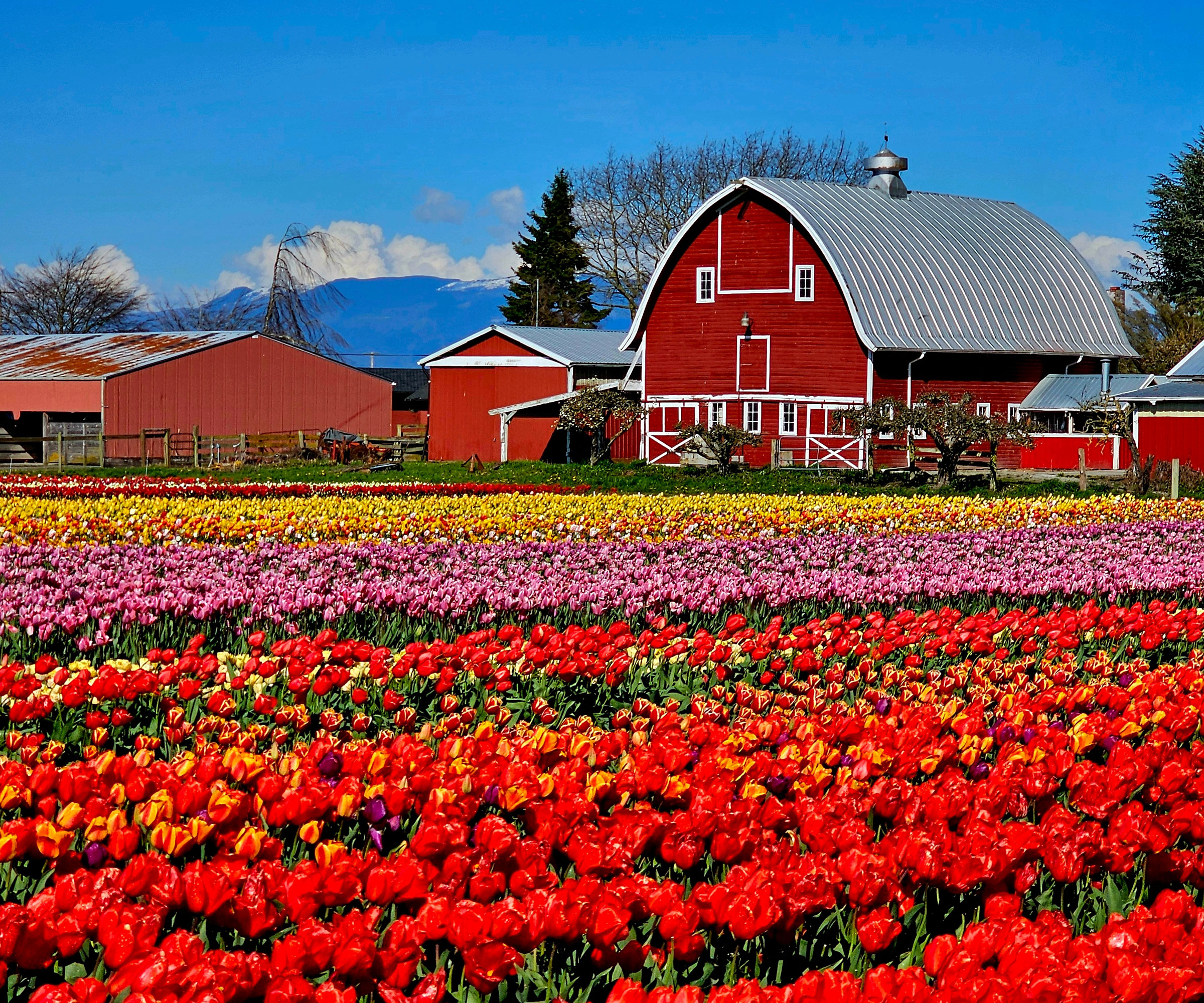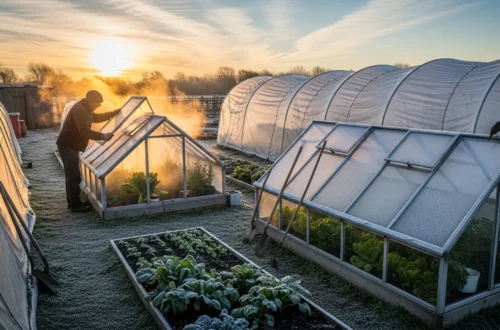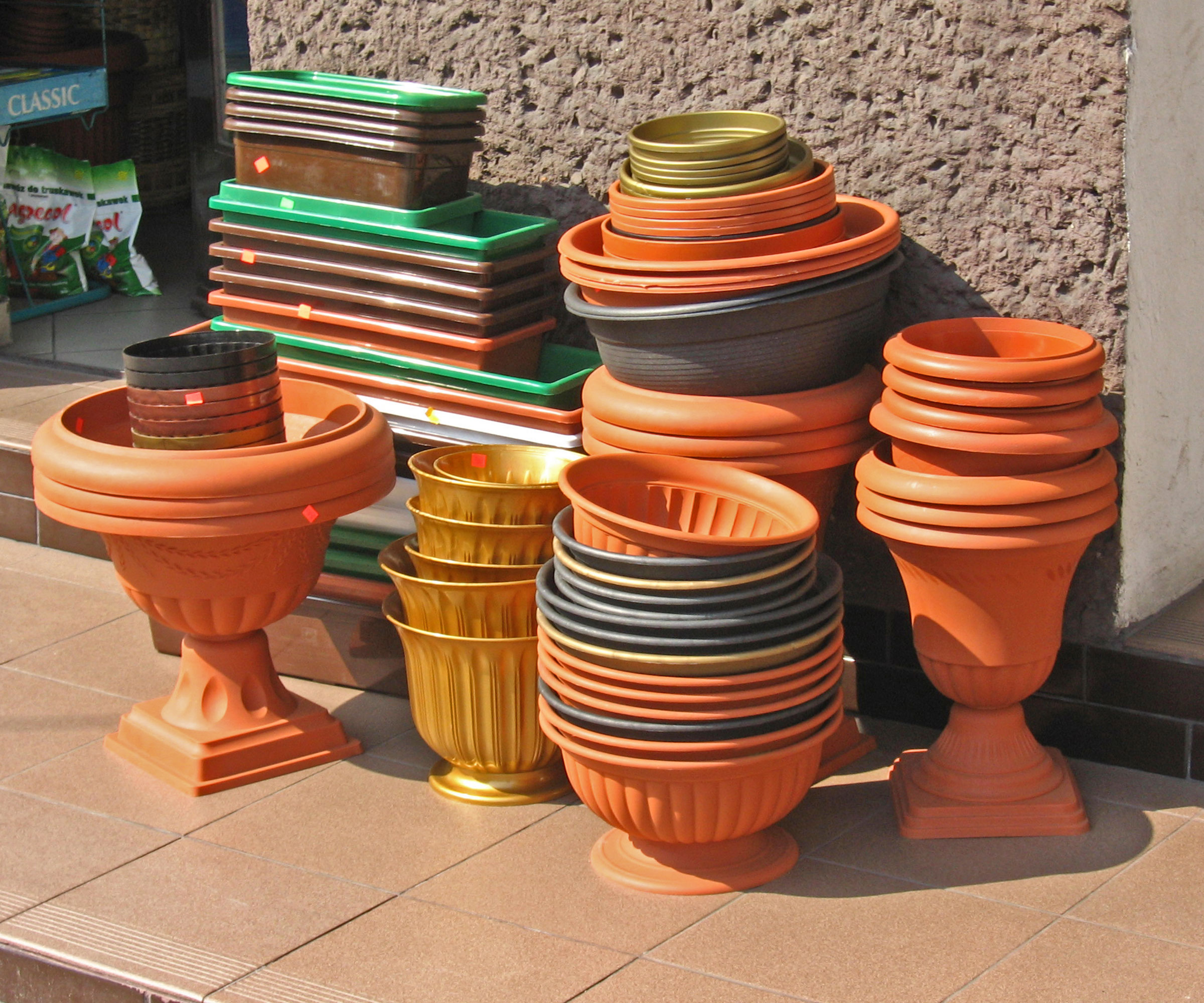While most gardeners are packing away the patio furniture and preparing for winter right about now, Scandinavian plant lovers are just getting started. Especially, as anyone who’s even heard of pelargonsjuka will attest, when it comes to their beloved geraniums.
Yes, in Sweden and Norway, pelargonsjuka is an affectionate term for someone who simply can’t stop, won’t stop collecting pelargoniums (aka geraniums). But there’s more to their so-called ‘geranium fever’ than simply this; it’s resulted in a unique approach to overwintering plants, too.
👉 For more inspiration on extending your season, explore our cold frame gardening guide with budget hoop house builds.
As temperatures cool, pelargoniums are lifted from balconies and porches and brought indoors – not to be hidden away in basements and garages, but proudly displayed like artwork on windowsills, shelves, and even stair treads. It’s part plant care, part interior design, and completely, utterly wonderful.
👉 To keep your indoor displays thriving, learn how to reuse old plant pots in creative and sustainable ways.
Why Fall Is Prime Time for Pelargonsjuka in the U.S.
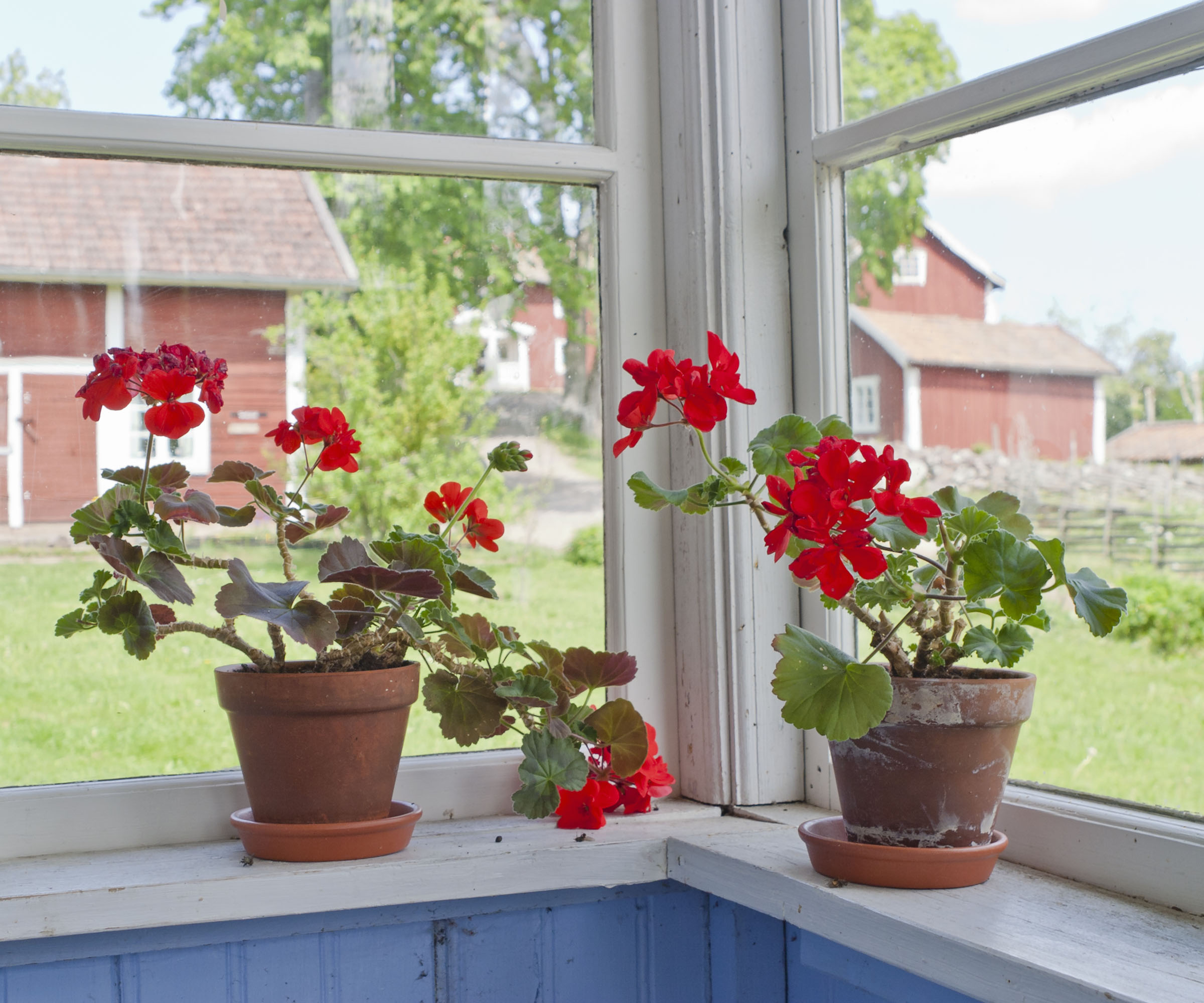
(Image credit: EyeEm Mobile GmbH/Getty Images)
If you live in USDA Hardiness Zones 9 or colder, you already know that pelargoniums won’t survive the first frost outdoors. Rather than treating these “old-fashioned” flowers as disposable annuals, consider the Scandinavian approach: bring them in, celebrate them, and let them continue brightening your home through winter.
Even in Zones 10-11, where tender geraniums can survive outdoors year-round and don’t necessarily need any pelargonsjuka-inspired coddling, fall is still a great time to refresh tired container displays, take cuttings, or start collecting new varieties for spring.
👉 If you’re planning, check out our plants to plant in winter guide for crops that thrive in cooler months.
How to Create a Scandi-Style Display at Home
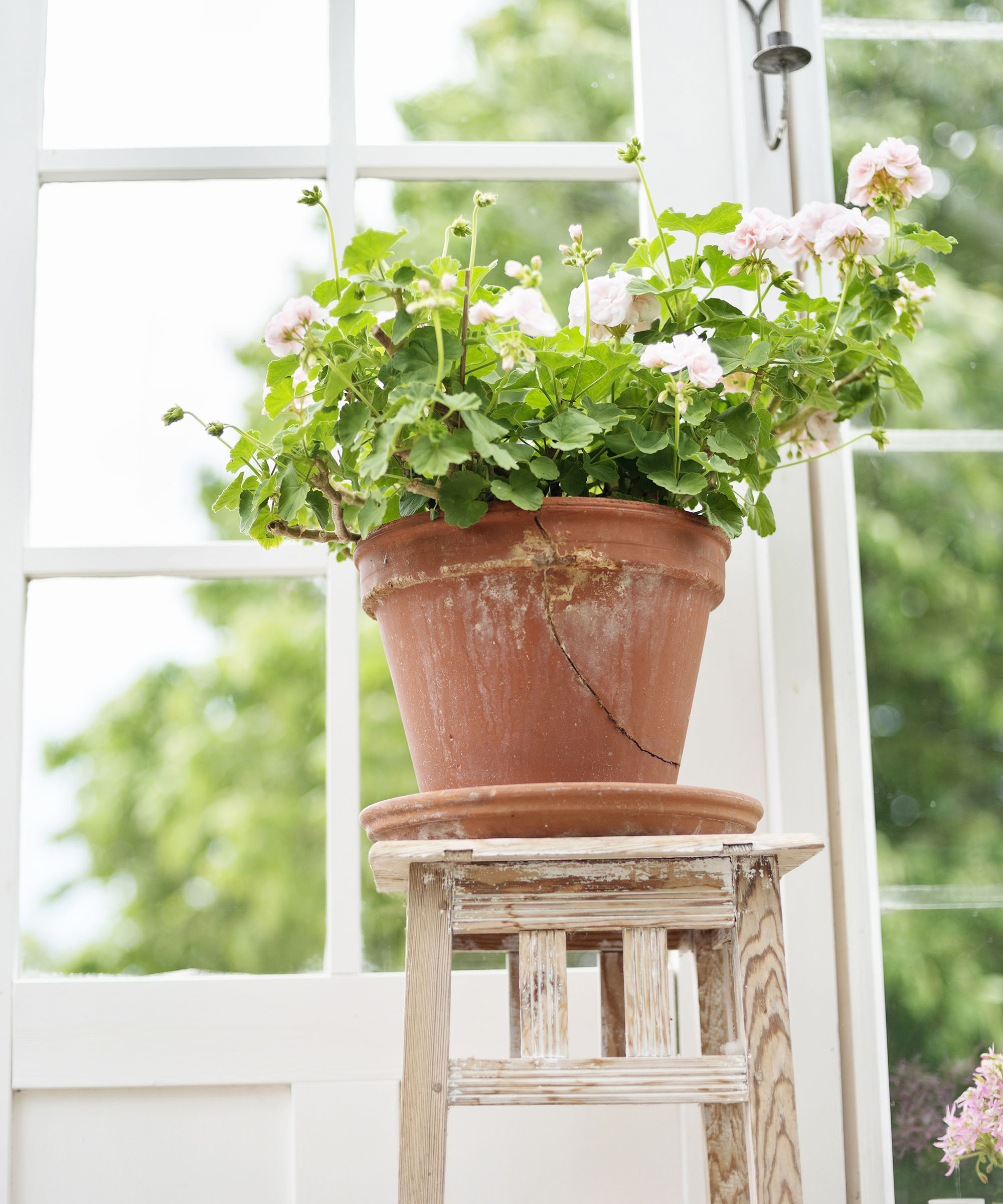
(Image credit: Johner Images/Getty Images)
You don’t need matching pots or expensive shelving for this trend. In fact, the beauty of pelargonsjuka is in the abundance of blooms. With that in mind, then, group tender geranium plants closely together rather than scattering them around your home. A crowded windowsill looks intentional; a lonely pot looks sad and forgotten.
If you really want to up the ante, stick with natural materials (this Creative Co-Op Distressed Terra Cotta Hobnail Planter from Amazon is ideal) and layer heights by using stools, benches, or stacked books to catch more light and add visual depth.
👉 For more design inspiration, explore our romantic garden ideas that bring charm indoors and out.
If you really have a lot of geraniums to work with, investing in a Bamworld Plant Stand from Amazon could be a good idea!
Care Tips for Happy Indoor Pelargoniums
Once your precious tender geraniums are safely indoors, it’s time to lean into that innate pelargonsjuka blooming within and start treating them more like low-maintenance houseplants, or extremely slow-moving pets, than active bloomers.
Give them a sunny windowsill, water sparingly, and avoid letting the leaves touch cold windowpanes. You may get fewer flowers during winter, but healthy foliage ensures a strong rebloom in spring.
👉 To protect tender plants during cold snaps, see our frost protection for plants guide.
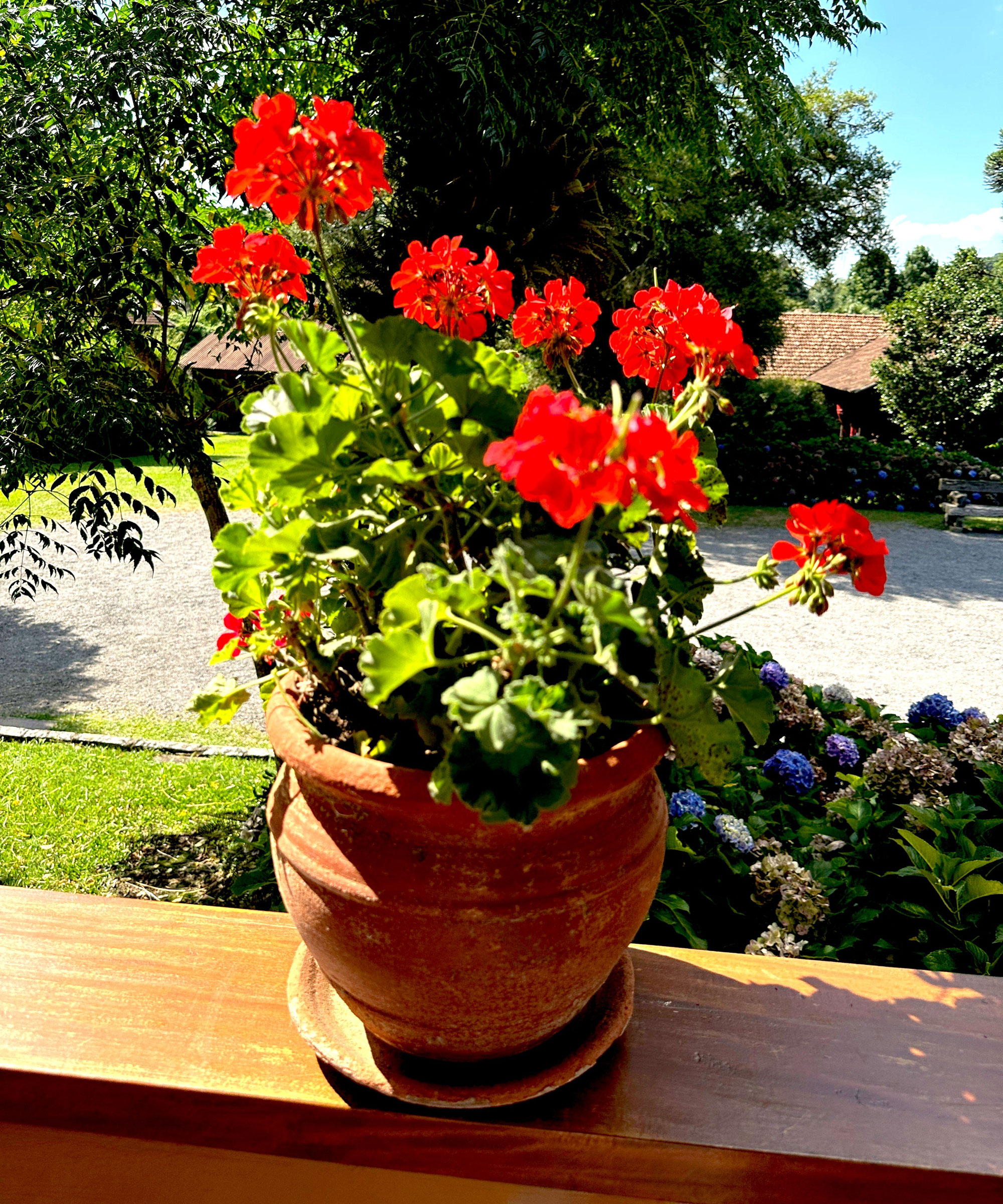
(Image credit: Alexandre Villar / Shutterstock)
Pelargonsjuka has found popularity outside of Scandinavia for more than its simplified version of overwintering; it’s also a beautigulreminder that gardening doesn’t have to end when temperatures drop. Instead of mourning the last blooms of summer, you get to carry them right across the threshold and into your living room.
👉 For more seasonal color inspiration, discover why faded petal pink is set to be the next big garden trend.
And if that’s not a perfect excuse to “accidentally” bring home another geranium this fall, we don’t know what is…
❓ Frequently Asked Questions – Scandi Gardening Trend: Pelargonsjuka
Q1: What does pelargonsjuka mean?
Pelargonsjuka is a Scandinavian term that translates to “geranium sickness” or “geranium fever.” It affectionately describes the obsession many gardeners in Sweden and Norway have with collecting and caring for pelargoniums (geraniums).
Q2: Why is pelargonsjuka considered a Scandi gardening trend?
Pelargonsjuka is more than just collecting geraniums—it’s about proudly displaying them indoors during fall and winter. Instead of hiding plants away, Scandinavian gardeners turn them into part of their interior design, creating cozy, plant-filled spaces that brighten the darker months.
Q3: Can I try pelargonsjuka if I live outside Scandinavia?
Yes. The Scandi gardening trend works anywhere, especially in USDA Zones 9 and colder, where geraniums can’t survive frost outdoors. By bringing them inside, you can enjoy their foliage and occasional blooms all winter long.
Q4: How do I care for pelargoniums indoors during winter?
To embrace pelargonsjuka, place your geraniums on a sunny windowsill, water sparingly, and avoid letting leaves touch cold glass. They may flower less in winter, but healthy foliage ensures strong reblooming in spring.
Q5: Do I need special pots or stands for a Scandi-style display?
Not at all. The beauty of this trend is its simplicity. Group geraniums together on windowsills, shelves, or plant stands. Natural materials like terracotta pots or wooden stands enhance the Scandinavian aesthetic, but mismatched containers can look just as charming.
Q6: Why is fall the best time to start pelargonsjuka?
Fall is when outdoor geraniums need to be protected from frost. Instead of discarding them, Scandinavian gardeners bring them indoors, refresh tired displays, and even take cuttings for spring. This timing makes it the perfect season to adopt the trend.
Q7: What makes pelargonsjuka different from regular overwintering?
Traditional overwintering often means storing plants in basements or garages. Pelargonsjuka, however, celebrates the plants by keeping them visible and part of daily life. It’s both plant care and interior styling—a blend of gardening and design.

